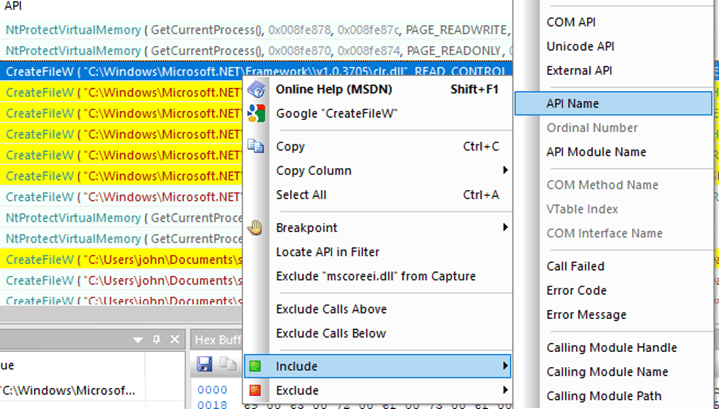How Can CyberChef Be Helpful in Malware Analysis?
A lot can be done in the context of malware analysis using CyberChef. This tool provides much utility in simplifying complex data tasks. It is extremely powerful in decoding and manipulating data. The graphical user interface is very helpful for the analyst to quickly transform and interpret data. In this article, on how to use CyberChef for malware analysis, you will learn how to completely realize its value in your cybersecurity efforts.
Here's a list of features in CyberChef:
- Allows identifying the filetype based on data
- Conversion between data formats, like hex, base64, url encoding, JSON etc.
- Encryption and encoding for AES, Blowfish, DES, Triple DES, RC2, etc.
- Supports networking operations, like HTTP requests, DNS lookups, parsing IP addresses, etc.
- Encode/Decode text for various charsets, such as ASCII, IBM charsets, etc.
- Simple utilities, like removing whitespaces or nullbytes, and then converting between lower and upper case, and more
- Supports converting the time format, such as Windows Filetime to UNIX timestamp
- Supports extracting IP addresses, email addresses, MAC addresses, URLs, file paths, etc. from strings
- Supports various data compression algorithms, like Zip, Gzip, Tar, LZ4, etc.
- Ability to generate hash from strings, such as MD2, MD5, SHA0, SHA1, Bcrypt, etc.
- Code beautifier for Javascript, JSON, XML, SQL, CSS, etc.
- Forensics tool to remove or extract EXIF, extract RGBA pixel data, and YARA rules.
Why is API Monitor Great for Malware Analysis?
API monitoring is important for malware analysis because it shows how malicious software interacts with the operating system using API calls. The analyst can, using the API Monitor, view real-time interactions and capture critical data, such as method names and parameters. This is very important in understanding and mitigating the actions of suspicious files and software. For those interested in integrating this tool into their security measures, the tutorial on how to use API Monitor for malware analysis is recommended.
Here is a list of features of API Monitor:
- Monitor new and running processes
- Allows monitoring of running services
- Displays pointer buffers in hexadecimal view
- Log API calls, along with their call stack
- Set breakpoints on API calls with options, like Before Call, After Call, On Error, etc.
- Multiple attach options, such as Static Import, Internal Debugger, etc.
- Apply filters on API calls to reduce noise
- Contains big list of API definitions in XML and allows full customization
Malware Threat Intelligence
Threat intelligence in the context of malware analysis, grants analysts access to critical insights that may help them predict and counteract cyber threats. This approach uses the data of prior attacks to enhance one's understanding of today's risks and enables analysts to proactively prepare for potential threats. For cybersecurity professionals with an interest in enriching their analysis capabilities with expert-level knowledge of malware tactics, the overview of malware analysis of threat intelligence is a great resource.
What Are The Best Sources For Threat Intelligence?
The data you collect for threat intelligence must be reliable, because you do not want to end up with false positives when searching IoCs in a network. Threat intelligence will help you understand the relation between attack campaigns, vulnerabilities exploited, and the tools attackers use to achieve their objectives.
You can find a number of Malware Analysis tutorials on Guided Hacking that shows you how you can analyze malware and extract information for threat intelligence.
What is the Best Way to Detect Malware?
Effective malware detection is a combination of techniques, each of which is designed to identify and analyze malicious software. These include heuristic evaluation, behavior monitoring, and signature detection. Each of these techniques has unique advantages in the identification of threats. For a great overview of these techniques and how to use them, the top 7 malware detection techniques article is a great resource for any cybersecurity professional.
Each of these techniques come with its own strength and weaknesses, so security solutions tend to use a combination of these techniques to detect threats. These techniques are also used by malware analysts to analyze windows malware and understand its goal, such as online sandboxes, which can give you detailed report about a particular program during malware analysis.
List of Malware Detection techniques
- Signature-based Detection
- Behavior-based Detection
- Heuristic-based Detection
- Network Traffic Analysis
- Sandbox Analysis
- File Integrity Monitoring
- Machine Learning-based Detection



Top comments (0)